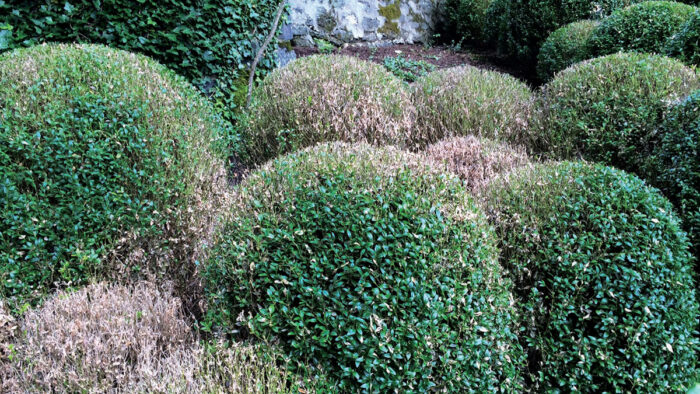
It has now been a full ten years since a mysterious disease affecting 10,000 containerized boxwood (Buxus spp. and cvs., Zones 5–9) shrubs in North Carolina and over 100,000 boxwoods in Connecticut was discovered. Since then, the disease has spread to all regions of the United States where boxwood is grown. Along the way, we have learned a lot about the infamous disease now known as boxwood blight. However, despite great progress in management and education, I frequently encounter confusion and misidentification of the disease. Taking a closer look at this bane of many landscapes will help you properly recognize the disease and understand your management options.
Where did it come from?

Boxwood blight is thought to have originated in eastern Asia and was accidentally introduced through the ornamental nursery trade to the United Kingdom, where the disease was first found in 1994. Over the next fifteen years, the disease spread across Europe and into western Asia, even making its way to New Zealand. Because boxwood is used so frequently in ornamental gardening, it was only a matter of time until it made its way to the United States (in 2011).
Two other host plants are susceptible to the disease: sweet box (Sarcococca spp. and cvs., Zones 6–9) and pachysandra (Pachysandra spp. and cvs., Zones 4–9). Along with boxwood itself, these plants are in the boxwood family, Buxaceae. Boxwood blight disease is caused by two sister fungal species, Calonectria pseudonaviculata and C. henricotiae. The former is found worldwide and is responsible for all boxwood blight in the United States, while the latter also causes boxwood blight in the UK and some parts of Europe.
Where is it now?
Boxwood blight is now well established in North America and usually arrives in new landscapes accidentally on infected nursery stock. The spores produced by the fungal disease on infected leaves and stems can be spread by wind-driven rain splash. They are also frequently spread during maintenance. The spores stick to clothing, shoes, and especially tools. Outbreaks often occur following shrub shearing in summer. American boxwood (B. sempervirens, Zones 6–8) and English boxwood (B. sempervirens ‘Suffruticosa’, Zones 6–8) are among the most widely planted shrubs in many landscapes, and both are highly susceptible. Weather also plays a significant role in the severity each season, as the formation of spores occurs best in high humidity and when temperatures are between 60 and 80 F, so disease spreads fastest during wet, warm periods in summer.
What do we do about it?
Boxwood blight was once considered a lethal disease, with full-plant removal and abandonment the sole options. The good news is that we now have tolerant varieties of boxwood and know that although boxwood blight does kill susceptible shrubs if left unaddressed, it is manageable in some situations. However, management requires a multifaceted approach, and each situation must be considered independently to weigh the expense, available options, and likelihood of success.
Cultural management
Take all measures possible to reduce leaf wetness, which will greatly reduce spore germination and infection. We cannot prevent rain, of course, but we can take other measures. Plant boxwood in full sun, not under trees or against walls that block light for half the day. Avoid overhead irrigation, and encourage airflow around the plants. Finally, consider hand-pruning rather than shearing. If shearing must be done, do it early in the season. It is likely that over-shearing plays a negative role in boxwood health.
Sanitation
Always start with clean, uninfected plants. Inspect often, destroy infected leaf litter, and prune out infected branches. Be aware that clothes and tools may spread spores, so you will need to sterilize any equipment after use.
Fungicides
Chemical management can be effective for boxwood blight, but only when combined with a thorough cultural management program. A good program is intensive and may be expensive, requiring foliar applications once every one to two weeks during peak blight season in summer and early fall. This may only be advisable for high-value plantings.
Plant selection
If replanting is your goal, talk with professional boxwood growers about your options for more-resistant boxwood species and cultivars suitable for your hardiness zone. Some of these include Asiatic cultivars of B. microphylla (Zones 6–9) and B. harlandii (Zones 6–9), and NewGen™ Independence® (B. ‘SB 108’) and Freedom® (B. ‘SB 300’) from the NewGen™ boxwood series (Zones 5–8). Finally, consider avoiding the disease altogether by planting nonhost shrubs. Dwarf cultivars of Japanese holly (Ilex crenata and cvs., Zones 5–7), native yaupon holly (I. vomitoria and cvs., Zones 7–11), viburnum (Viburnum spp. and cvs., Zones 2–9), leucothoe (Leucothoe spp. and cvs., Zones 5–9), and arborvitae (Thuja spp. and cvs., Zones 2–9) may offer attractive options for diversification.
Matthew Borden, DPM, is a plant health consultant specializing in diagnostics and integrated management of landscape plant pests and diseases.
Fine Gardening Recommended Products
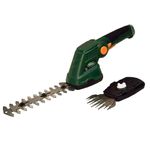
Scotts Cordless Grass-Shear/Shrub-Trimmer Combo
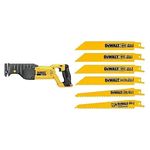
DeWalt Variable-Speed Cordless Reciprocating Saw with 6-Piece Saw Blade Set
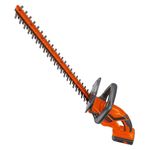
Black and Decker 22-inch Cordless Hedge Trimmer

DeWalt Variable-Speed Cordless Reciprocating Saw






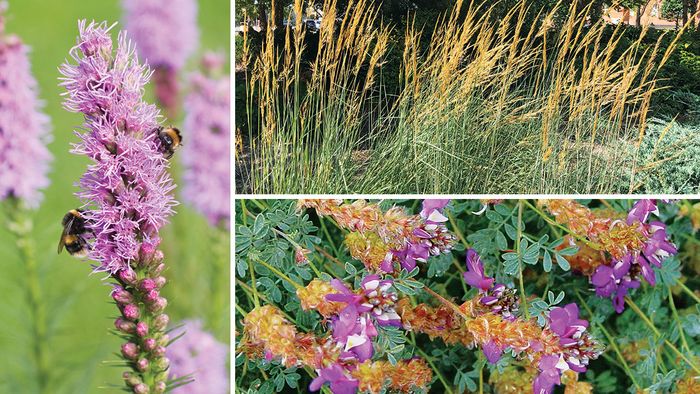

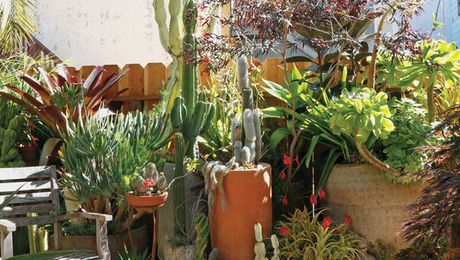









Comments
Log in or create an account to post a comment.
Sign up Log in